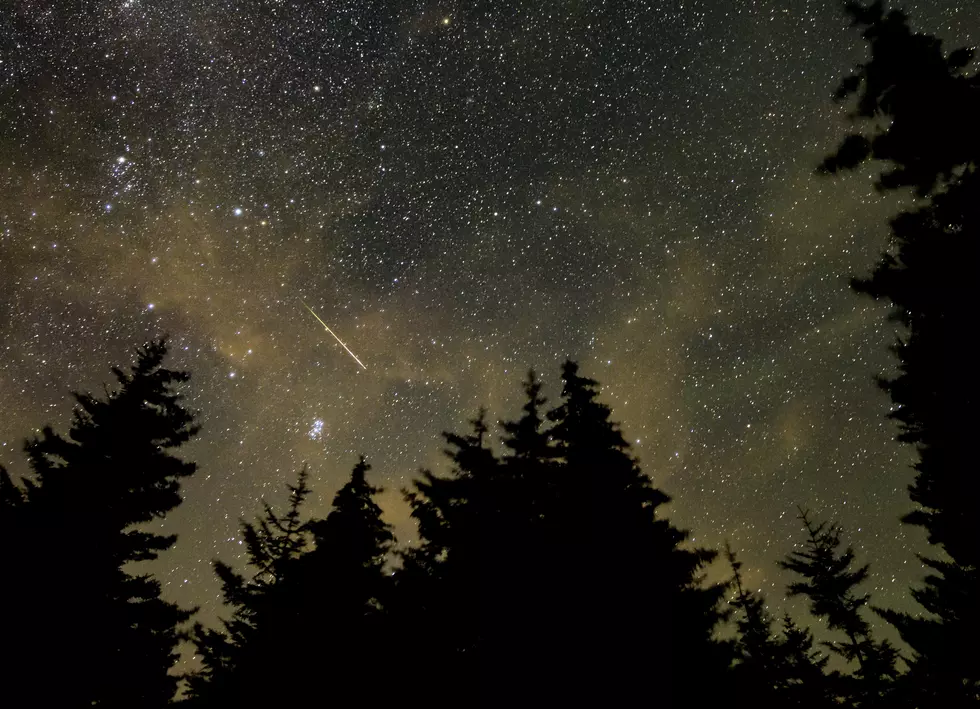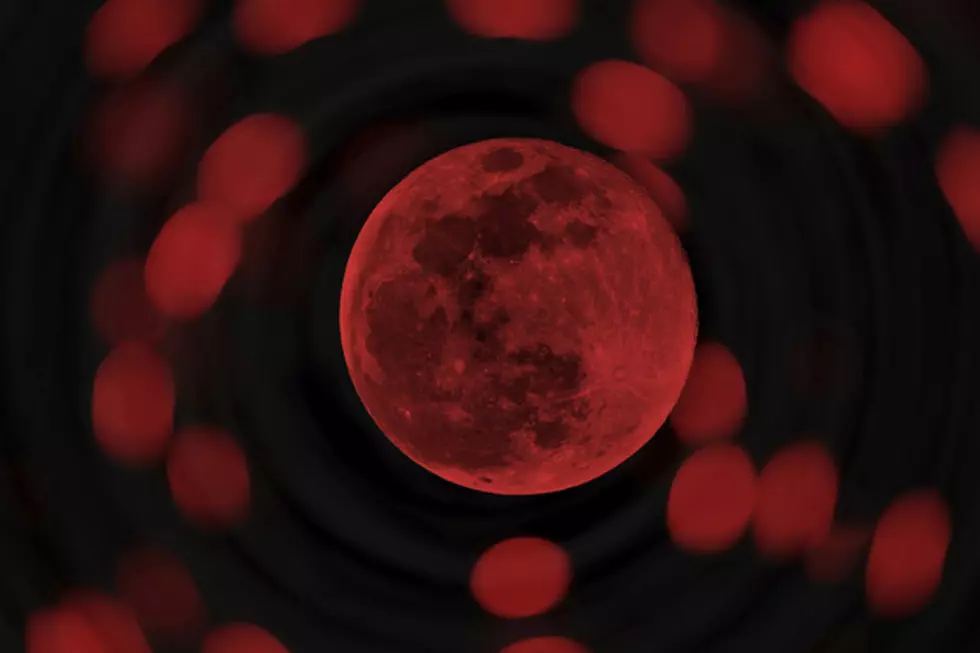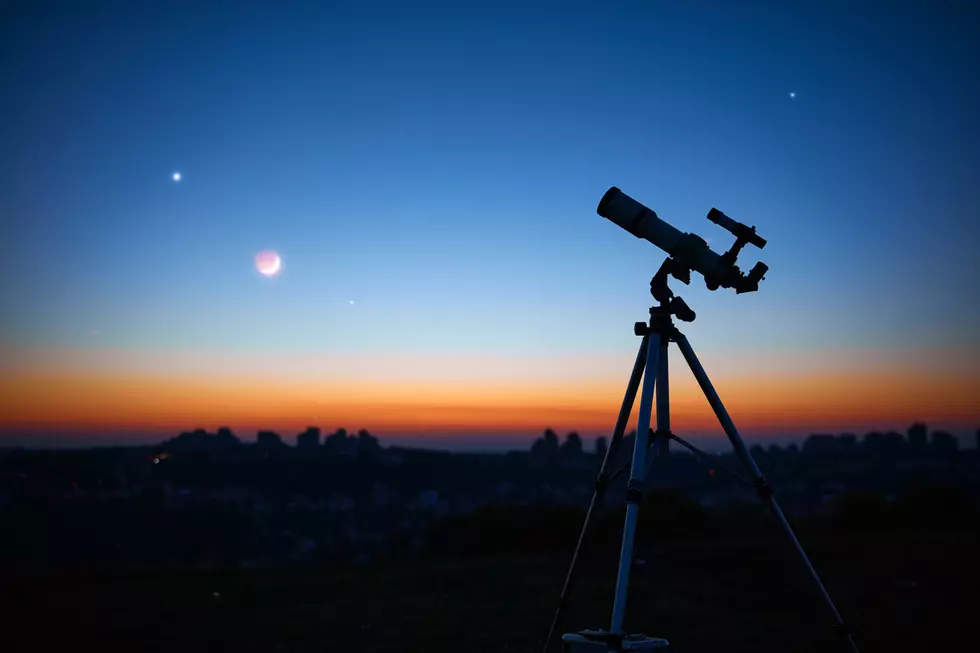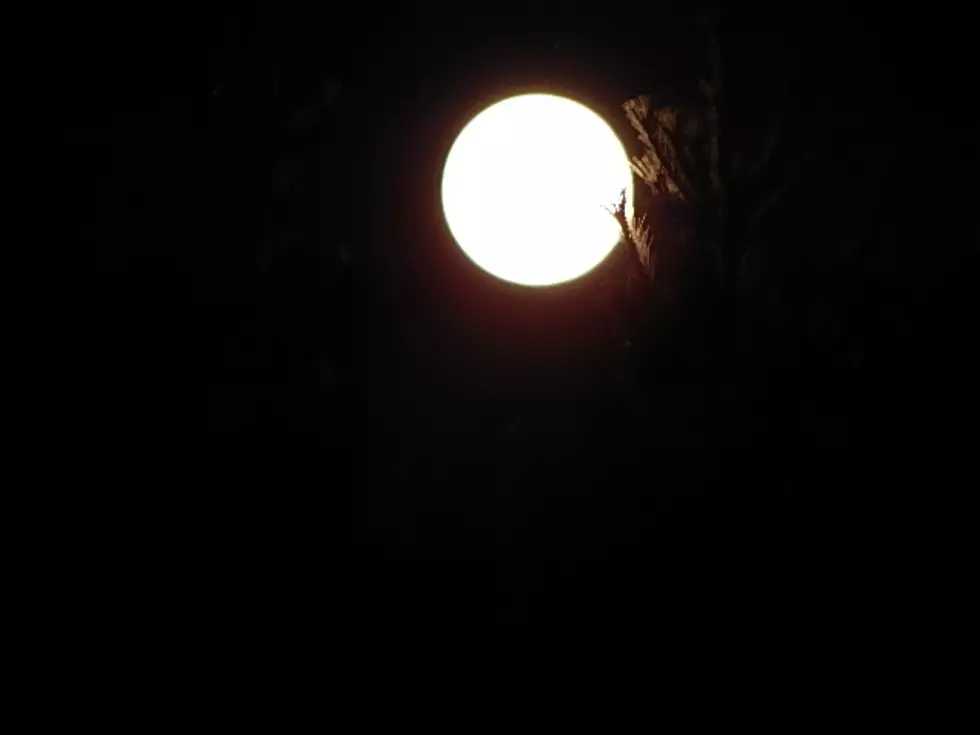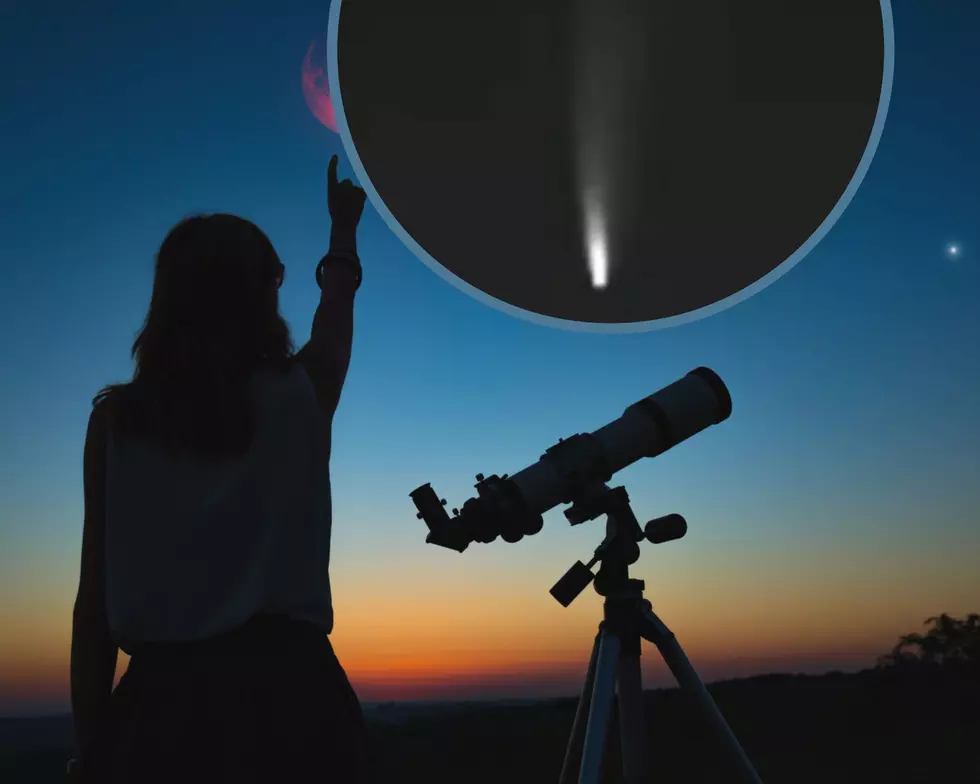
Rare Green Comet Not Seen For Another 50,000 Years Even Easier to Spot This Weekend
A super rare, green comet was recently discovered and can be seen over Earth until the end of the month.
Comet ZTF is the closest it will be to Earth for 50,000 years, yet seeing it can still be a bit tricky.
We can help.
While you may have heard about this rare, green comet flying over Earth the last few days, you may not have had a chance to spot it yourself. Until now, you had to wake up in the early hours of the morning to catch of glimpse of this celestial wonder, but not anymore.

Starting Saturday, Jan. 21, 2023, Comet ZTF will be visible to the naked eye at the very reasonable time of 9 p.m.
Don't get too excited. Since this green guy is soaring through space it will have a new spot in the sky each night until it mostly disappears from view on Feb. 1, 2023.
So get your telescope or binoculars ready (just in case) and look up in these locations each night:
Jan. 21 - Look north above the Big Dipper around 9 p.m. for the best view.
Jan. 22-25 - Find Draco in the night sky and you should see a small green orb in the sky with a faint blueish tail trailing behind it.
Jan. 26-27 - Aim your telescope toward the Little Dipper, then head a bit east of the constellation's bowl.
Jan. 29-30 - Find the North Star, aka Polaris, and you'll see Comet ZTF nearby.
After the end of the month, the chances of seeing Comet ZTF with the naked eye become more and more difficult. Having a telescope or a local observatory to go to would be your best bet if you are super into catching this thing on what is likely its only fly past Earth.
Of course, just looking up in the right spot over the next couple of weeks could have you seeing something super rare in the night sky, so take a peek if you get the chance.
Even if you miss it, you can always watch it here anytime thanks to the power of live streaming.
LOOK: 31 breathtaking images from NASA's public library
More From WFHN-FM/FUN 107
